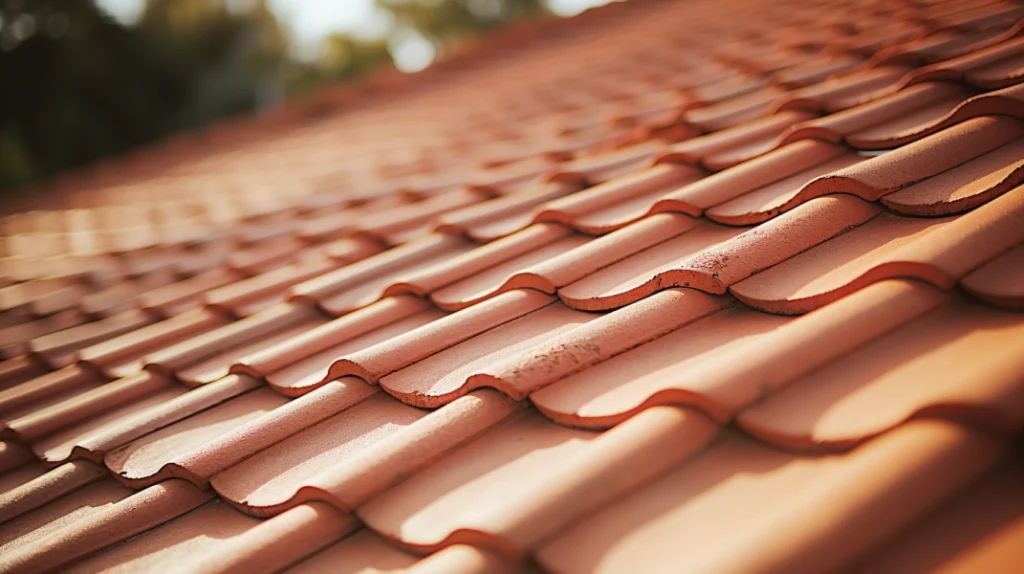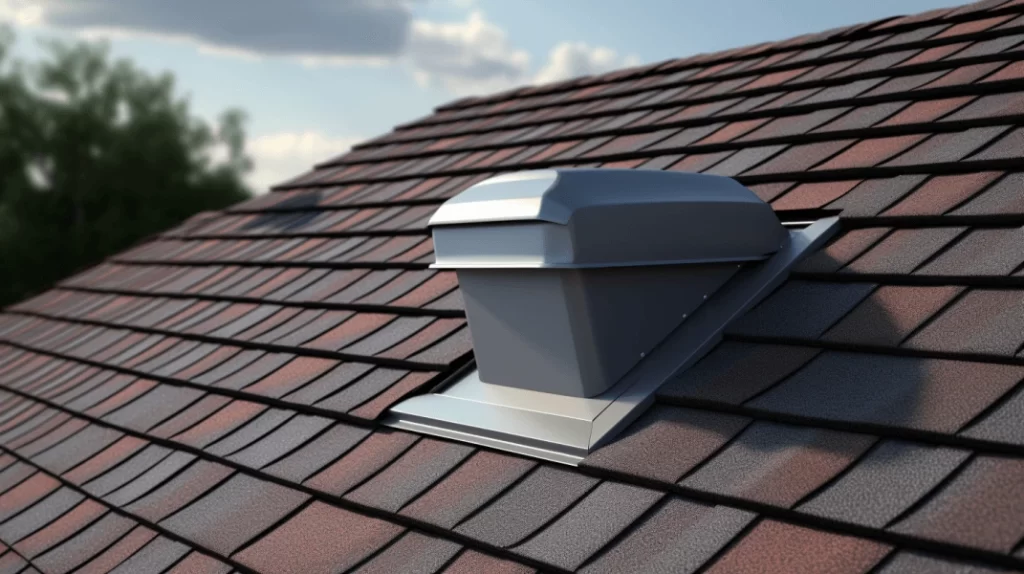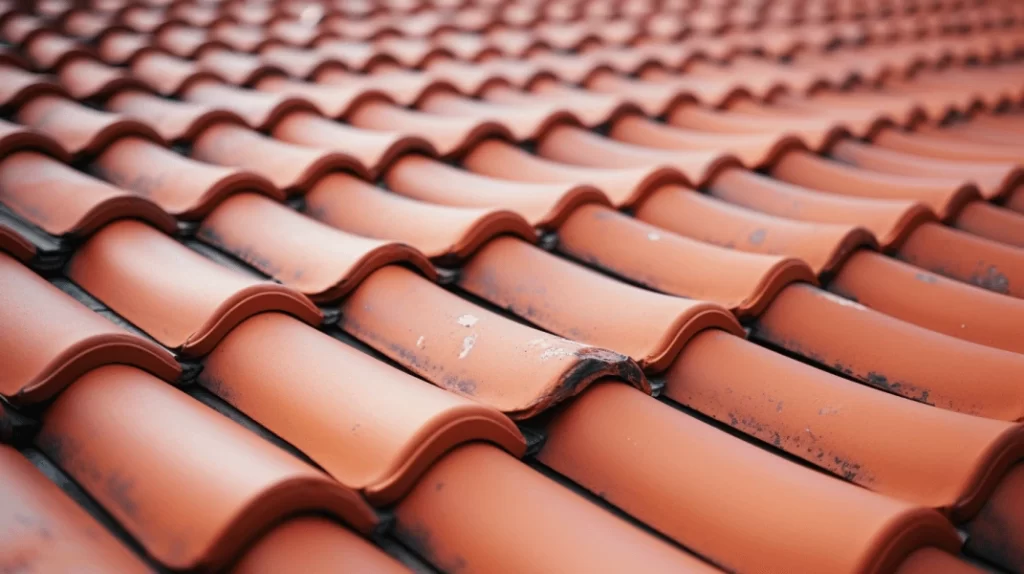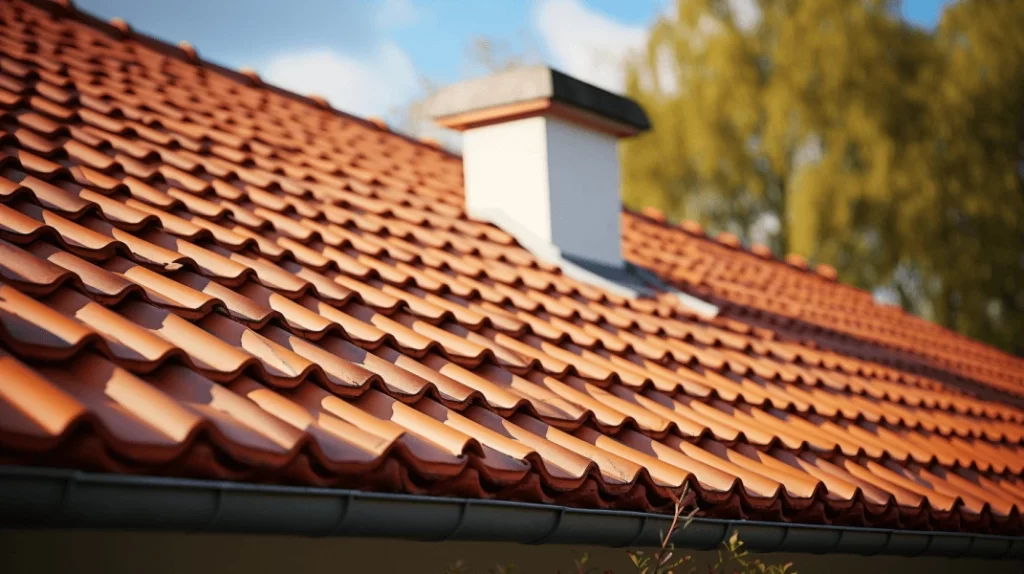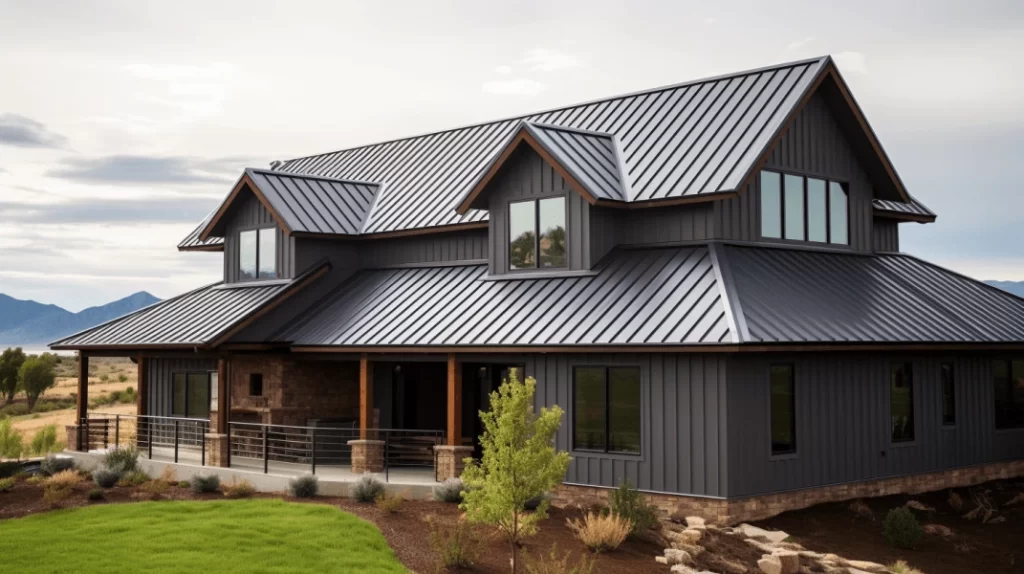When turbulent weather passes, it leaves homeowners with the significant task of ensuring their roof’s integrity. Mend Roofing, a trusted roofing company in Spring, emphasizes the need for a meticulous roof inspection after any significant storm. Here, we detail the areas you should assess to safeguard your home’s protective barrier.
1. Shingles and Tiles: The Roof’s Shield
Your initial focus should be on the shingles or tiles.
- Search for visible damage like cracks, tears, or missing segments.
- On asphalt shingles, spot any patches where granules seem to be washed off.
- For homes with wooden shingles, ascertain there’s no splintering or distortion.
2. Flashing: The Roof’s Seam Protector
Flashings act as protective barriers at roof intersections. With Mend Roofing’s experience as a premier roofing contractor in Spring TX, we often find that compromised flashing is a leading cause of post-storm leaks.
- Review places such as chimneys, vents, and skylights.
- Ensure no part of the flashing is warped or unattached.
3. Gutters and Downspouts: The Roof’s Drainage Mechanism
Maintaining a functional gutter system is imperative. Ineffective drainage can lead to water damage that often requires extensive repairs.
- Identify dents, ruptures, or loosely hanging sections.
- Check for an accumulation of shingle granules, suggesting shingle wear.
4. Attic and Ceiling: Indicators from Within
The state of your attic and ceiling can provide invaluable insights.
- Scrutinize the attic for potential leaks or water marks.
- Remain vigilant for any signs of moisture, mold, or unwelcome odors.
- On the ceiling, any discoloration or water spots could indicate seepage.
5. Roof Vents and Exhaust Pipes: Maintaining Ventilation
Optimal ventilation is pivotal for the longevity of your roof.
- Confirm vents are devoid of obstructions or damages.
- Ensure exhaust pipes stand straight, free from any distortions.
6. Fascia and Soffit: Offering Structural Support
Both the fascia and soffit play key roles in upholding the roof’s structure and facilitating ventilation.
- Inspect the fascia for any signs of wear or damage.
- The soffit should be intact and free of perforations.
7. Roof Valleys: Channels for Rainwater
Roof valleys are integral in guiding rainwater off the roof, preventing pooling.
- Check for obstructions that might hinder water flow.
- Examine for any compromised shingles or tiles within these regions.
8. Roof Edges: Holding the Line
Edges can often bear the brunt of gusty winds.
- Survey for any uplifted shingles or evident wear.
- Metal edging should be firmly in place and devoid of any rust.
In Conclusion
Post-storm roof inspections shouldn’t be overlooked. By trusting Mend Roofing, one of the leading roofing companies in Spring Texas, homeowners can ensure their roof’s robustness and longevity. Always reach out to seasoned professionals when the health of your home’s roof is at stake. Safety first.

